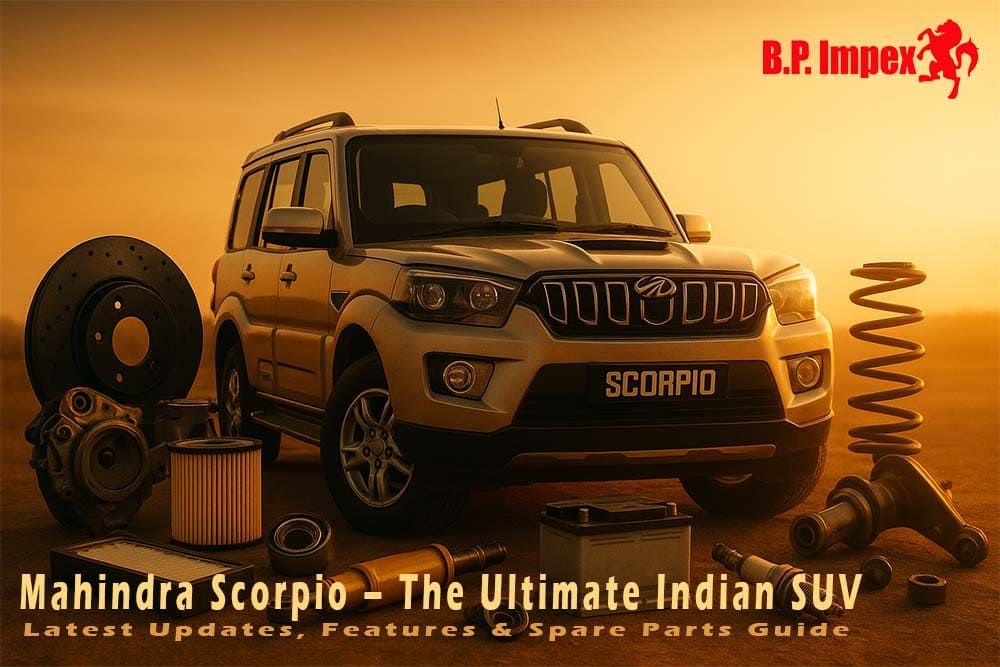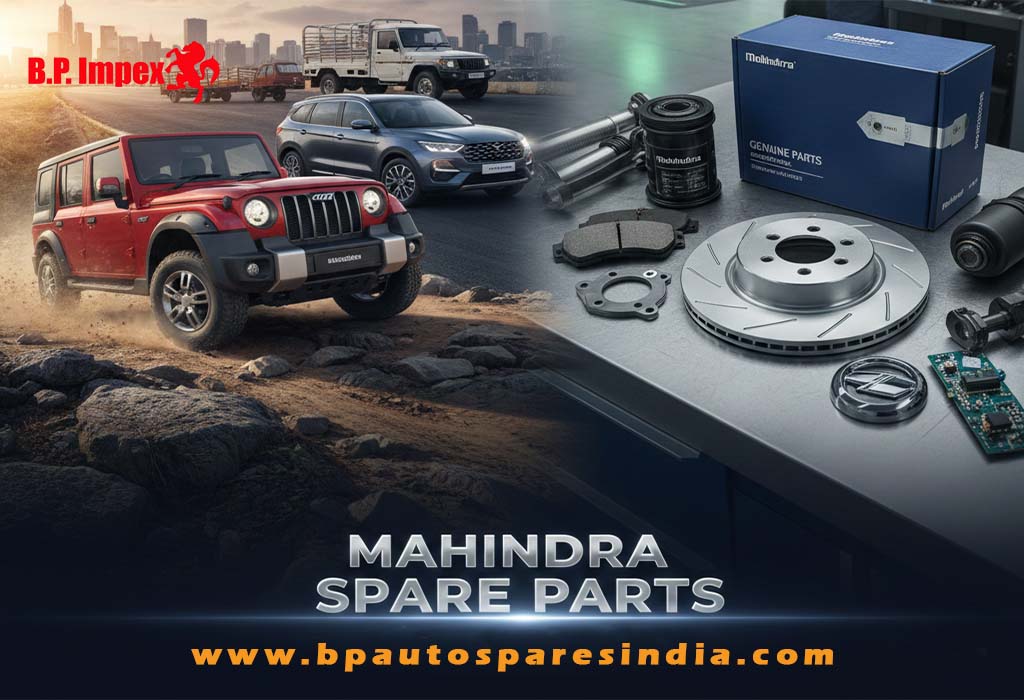The right hands of one of the well-established Mahindra Scorpio Parts dealers would like to talk about the Automotive Lidar Sensors that use laser light to map their surroundings in 3-D. Over the last few years, the automotive industry has been swayed by an n number of world-moving and game changing car innovations and technologies. These mega car technologies and innovations take into account advanced electronic control units (ECUs) in the automotive vehicles, varied staggering models of driverless car prototypes, and the latest showered and awe-inspiring shift to the mobility precedent, with the oncoming of autonomous vehicles, apportioned business models, and the increased bouts of connectivity. The elevated demand of autonomous driver assistance systems (ADAS) and vehicle autonomy have paved way to the occurrence of a wide range of automotive technologies naming radars, cameras, sensors and the most cherished and revolutionary Vehicle-to-Everything (V2X) technology.
Self-driving vehicles have already planted their roots deep in the automotive industry and making rather surprising appearances on the streets of various states of the U.S. Although, there are an exponential number of components that go into developing, orchestrating and manufacturing a self-driving car, there is one such technology that is quintessential and mandatory of all the other components needed to make a safe and secure self-driving car- The Lidar Technology. The lidar technology brings in its circle the sensors that are devised to detect objects in 3D with pulses of laser light. The substantially accurate and high-quality information that lidar sensors provide has ranked them at the top of the most priority sensors list for automotive driving applications.
Here is a brief understanding on one such autonomous car technology that is connecting vehicles to everything working around you, therefore named Vehicle-to-Everything Technology.
BP Auto Spares India is here with a blog explaining the ins and outs, ups and downs of the Lidar Sensing Technology.
The first appearance of lidar technology
Light detection and ranging, the closed-to abbreviation of which is Lidar, was first housed in airplanes, all the way back in the 1960s, to survey the landmasses.
What is lidar technology?
Lidar technology is devised in a manner that they employ pulses of laser light to measure how far something is. You can view it as echolocation performed by automobiles, which is predominantly used by animals like dolphins and bats to discern how far an object is from them and the surroundings in which they are traveling. By sending sound waves and echoes, certain species of animals are able to decipher where certain objects are in the space. Similarly, lidar sensors send light waves or pulses to determine how far an object is; by calculating the time it takes for the light waves to reach an object or surface. This exclusively reliable and high-quality data is then evaluated by the scanner, who them provocatively measures the distance it takes for the light to hit an object. Now the light waves that are sent by the lidar sensors will touch million of data points, at different angle and scale, therefore, these data points are visualized as a 3D map or a point cloud.
Lidar sensors are very quick, reliable and accurate, and they are able to accumulate a huge bunch of data in a very short span of time (well, a span is in fact, putting it mildly). That is why; self-driving car manufacturers are using self-driving cars as a mean to find their way around.
Lidar technology is expanding its roots in the industries like archaeology, geology, farming, law enforcement and the military.
How does lidar technology work in cars?
Talking about the working of the radar sensor, their working mechanism is similar to sonar. Sonar systems are engineered in a way that they emit sound waves in all the directions making contact with the objects and the surfaces. The moment these sound waves hit different objects and obstacles, an echoing sound wave is created and bounces back to the source. The distance based on the bounce back time of the echo, in relation to the known speed of the sound is then calculated.
The lidar systems follow the same working principle, but instead of sending sound waves, they emit light waves, at a speed which is 1,000,000 times faster than the speed of sound. Lidar system instead of sending sound waves, emit and receive data from hundreds and thousands of laser pulses every second. The system’s Electronic Control Unit (ECU) track each laser’s reflection and bounce back distance, representing this constantly changing “reflection and bounce back distance” cloud into an animated 3D representation of its surroundings.
Elements of the Lidar sensor system
The lidar sensor system is composed of 4 key elements
- A transmitter that gives out laser pulses of light.
- A receiver to intercept light pulse echoes.
- An optical analyzing system to measure input data.
- An onboard computer to record and visualize the three-dimensional image of the system’s surroundings.
For more information on Lidar sensor technology, contact the experts of one of the highly acclaimed Mahindra Parts dealers, BP Auto Spares India.







Leave a Reply